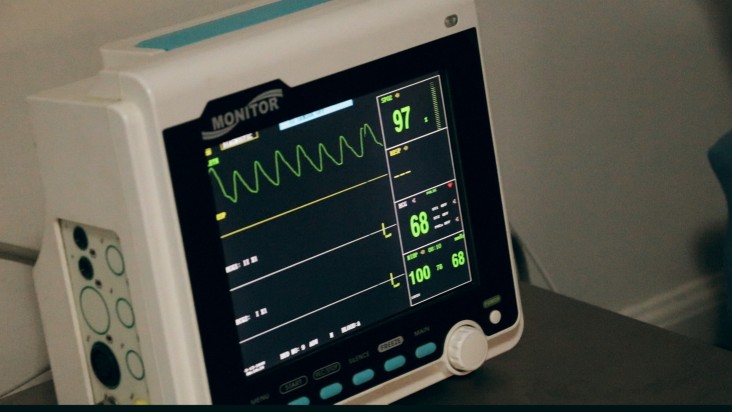Briefly, the procedure of radiofrequency lesioning is a slightly invasive, outpatient method that utilizes radiofrequency energy with an objective to terminate damaged nerves or nervous tissue that work in a way to send pain signals to the mind. In most cases, the specialists recommend radiofrequency lesioning treatment for individuals who have not reacted well to other interventional pain management treatments, for example:
- Epidural Steroid Injections
- Or Nerve Blocks
Prior to performing radiofrequency lesioning, patients usually go through a process of a diagnostic nerve block with an objective to decide whether the treatment will be fruitful.
Who Gets Advantages From Radiofrequency Lesioning Treatment?
In most cases, the experts perform the procedure on individuals with chronic pain resulted from damaged peripheral nerves (sensory nerves) or nervous tissue surrounding the central nervous system (brain and spinal cord). Particular conditions that come under this type for the most part include:
- Trigeminal neuralgia (chronic facial pain)
- Occipital nerve neuralgia
- Degenerative disc disorder
- Post-herpetic neuralgia
- Complex Regional Pain Disorder
- Peripheral neuropathies
- Coccydynia
- Neck or back pain because of facet joint arthropathy
Who Is The Candidate For Radiofrequency Lesioning Treatment?
Radiofrequency lesioning treatment is recommended to individuals with specific sorts of low back or neck pain. To begin with the procedure, you are required to respond well to diagnostic local anesthetic blocks to be a suitable candidate for radiofrequency lesioning treatment. The effectiveness of the treatment will be dependent upon how well you react to the “temporary” or diagnostic block.
How Radiofrequency Lesioning Performed?
Based on the fact that nerves can’t be seen on x-ray, the needles are situated utilizing bony landmarks that work in a way to show where the nerves typically are. Fluoroscopy is utilized to distinguish those bony landmarks. After needle placement, very low voltages are applied to the needle in order to test for appropriate placement. Once it is confirmed that the needle is in the correct place, a little measure of local anesthetic is injected. Once the nerve is appropriately numbed, higher voltages of radiofrequency are applied and the nerve, as a result, nerve heats to the required temperature.
How Painful Is The Radiofrequency Lesioning Treatment?
The majority of the procedures start by injecting a little measure of local anesthetic through an extremely small needle. It senses similar to a pinch and after that, a slight burning as the local anesthetic begins numbing the skin. Once the skin is numb, the needle feels like a touch of weight at the injection area. A great number of individuals decide to be drowsy or more vigorously sedated for these procedures.



